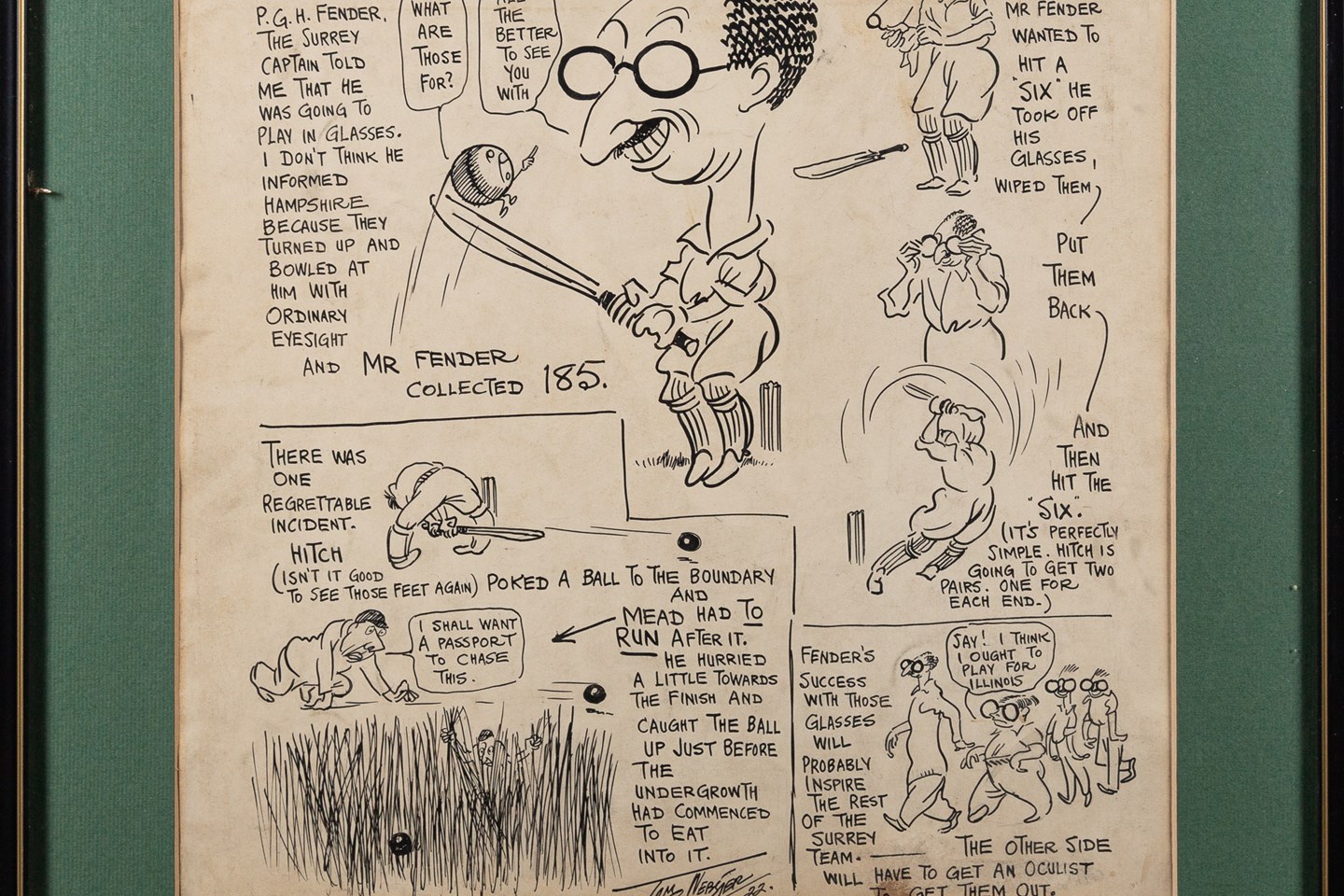
Whilst Christian communion involves the acceptance of wine, one can't help feeling more relaxed with the Oriental concept. Chinese porcelain wine ewers, whether in their original Ming or later Kangxi form, are far more than functional objects as they were produced to pay homage to ancestors – a toast to the dead if you like.
Appeasing a deceased relative may take many forms, the offering of food, or paper money, even terracotta horses and attendants would be seen as useful on the other side. However, the greatest care seems to have been lavished on wine ewers – although wholly practical, the sinuous beauty and fine decoration suggests they were intended for the grandest of recipients.
Generals encouraged consumption of wine before battle and if a warrior fell, his brothers in arms would sprinkle wine on the ground where he lay. Certainly the transition between the Ming and later Dynasty was a turbulent time that only settled during the reign of first Qing Emperor Kangxi.
The wine ewer pictured was made during his reign of Kangxi (1662-1722) and was certainly intended more for ritualistic or ceremonial use rather than as an everyday practical object, but I am sure you will agree that is fairly obvious!
- Kangxi (1662-1722)
- Ceramics
A Kangxi Wine Ewer was written on Thursday, 8th March 2012.





